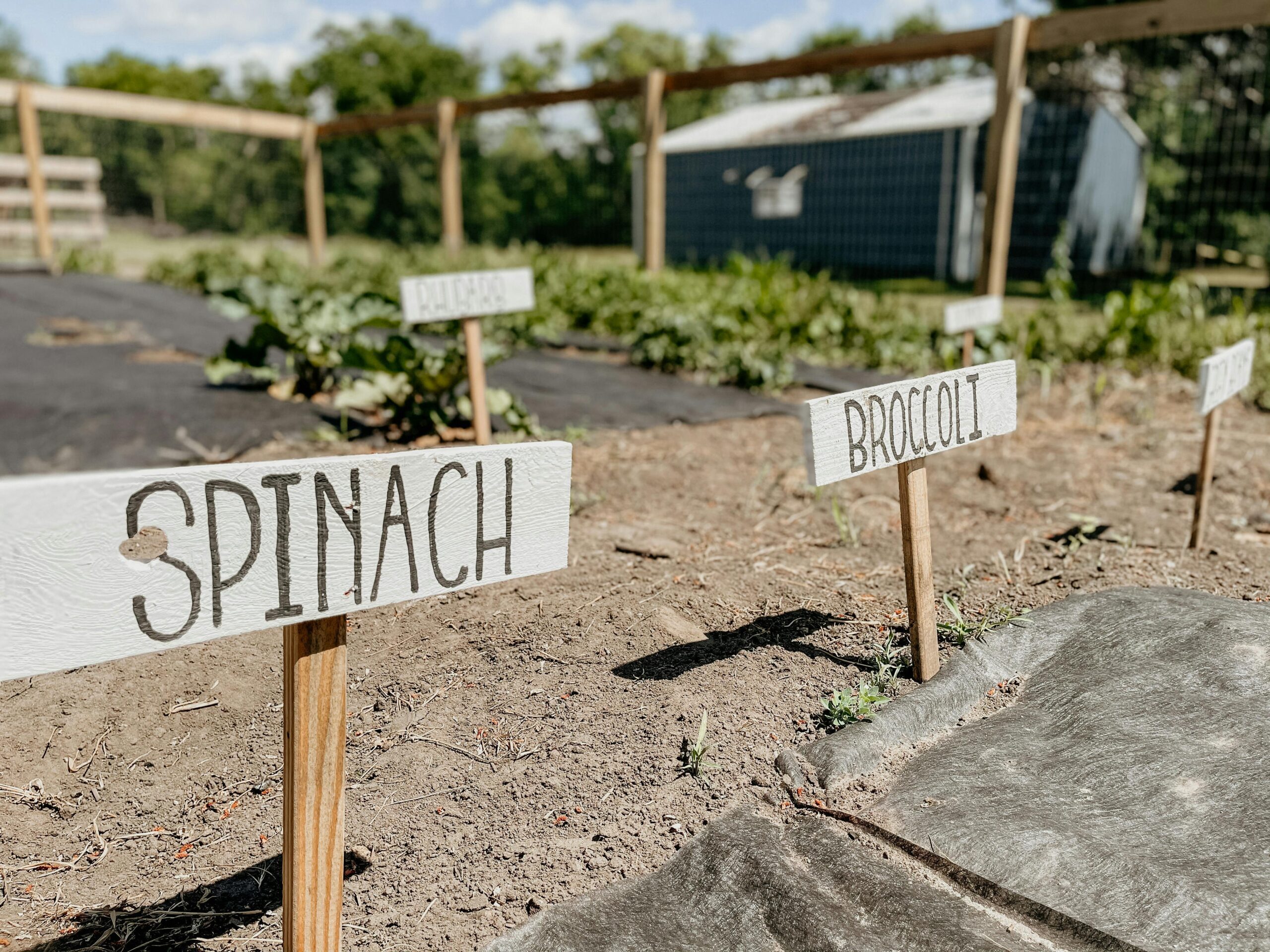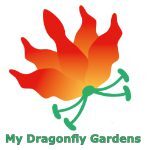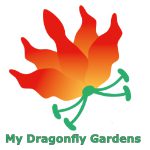Parmaculture and Florida Native Plants
Co-authors: Alice Theibault and My Dragonfly Gardens
My Dragonfly Gardens has been helping people turn their lawns and gardens into havens for native plants. In 2023, we added permaculture to our menu of services after dabbling with edible landscaping for two years.
The “Permaculture Project”, as we referred to it, presents a wider range further our objectives of promoting environmental protection, social responsibility, concern for wildlife, and education. To this end, we have devised several exciting initiatives that allow us to integrate our experience with native plants and pollinators into the wider permaculture movement.

Introduction to Permaculture
Permaculture is a broad and multifaceted concept with a lot of different components. In the general sense, permaculture (a portmanteau of “permanent” and “agriculture,” or just “culture”) is about constructing agricultural and social systems that operate the way that a natural ecosystem does, where nothing is wasted and all species live in a harmonious balance. Permaculture enthusiasts recognize that some human encroachment on the natural environment is inevitable if humans are to provide for their needs, and thus try to limit this encroachment to the smallest possible area that consumes the least number of resources. Other facets of permaculture include rehabilitating areas that have been degraded by human activity and setting up refuges in which wild animals can live.
Closely related to permaculture is the idea of biomimicry, the design of human services drawing inspiration from nature. Biomimicry engineers may design products or services based on a single animal or an entire ecosystem. Fields that utilize biomimicry to create more environmentally sound systems include agriculture, construction, energy, and many more.

Courtesy of Lakeside Community Garden.
The 12 Principles of Permaculture
Permaculture principles are foundational guidelines that help design and manage sustainable systems, whether in gardening, farming, or community planning. They are based on natural ecosystems’ observations and aim to create self-sustaining, resilient, and productive environments. Here are the core permaculture principles:
- Description: Take the time to observe natural systems and how they function before taking action. Understand the land, weather patterns, local ecology, and existing resources.
- Application: Spend a full year observing your site to notice the seasonal changes and how natural elements interact.
- Description: Harness and store energy from the sun, wind, and water when it’s abundant, and use it wisely when needed.
- Application: Implement rainwater harvesting systems, solar panels, and thermal mass to store heat.
- Description: Ensure that your efforts result in useful outputs that contribute to your sustenance and well-being.
- Application: Grow food, produce energy, or create products that meet your needs sustainably.
- Description: Manage your systems to avoid excesses and imbalances, and be open to learning from your mistakes.
- Application: Regularly assess your systems and make adjustments to improve efficiency and reduce waste.
- Description: Utilize resources that are abundant and renewable, and minimize the use of non-renewable resources.
- Application: Rely on natural building materials, renewable energy sources, and organic growing methods.
- Description: Aim for zero waste by recycling, reusing, and designing systems that turn waste into resources.
- Application: Compost organic waste, collect and purify greywater, and repurpose materials.
- Description: Start with broad patterns observed in nature and human systems, then refine these into detailed designs.
- Application: Lay out your garden according to the sun’s path, water flow, and wind direction before choosing specific plants.
- Description: Design systems where components work together harmoniously, creating relationships that support each other.
- Application: Plant guilds that support each other, integrate animals into your garden to fertilize and manage pests.
- Description: Start with small-scale projects and build gradually, allowing time for learning and adaptation.
- Application: Implement small garden beds or water features that are easy to manage and can be expanded over time.
- Description: Diversity increases resilience, providing multiple layers of protection against challenges.
- Application: Grow a variety of crops, integrate multiple species of plants and animals, and encourage biodiversity in your ecosystem.
- Description: The edge, or interface, between things, is where the most interesting events take place. These are often the most productive elements in a system.
Application: Utilize the edges of ponds, fields, or forests for planting or encourage wild spaces in your garden
- Description: Embrace change as an opportunity to learn and improve your system.
Application: Adapt your garden design to climate shifts or introduce new species to your ecosystem when necessary
Permaculture in Florida
Florida’s unique geography, climate, and ecosystems, coupled with its long history as an agricultural state, make it an ideal place for permaculture. However, they also present unique challenges for Florida’s farmers and gardeners that those of other states do not have to deal with. My Dragonfly Gardens, with its intimate knowledge of Florida’s native plant life, has a key role to play in helping people grow plants in harmony with Florida unique conditions.
Florida’s largely subtropical climate allows people to grow crops that will not grow in more northern regions of the United States, including avocados, papaya, sugarcane, and citrus. Some crops may also grow at different times of year than would be expected farther north. For instance, tomatoes and sweet corn, which are considered late-summer crops in more temperate locations, can be grown anytime but late summer in Florida! Cultivars of some plants, such as lettuce, are bred specifically to tolerate Florida’s extremely hot and wet climate.
Florida’s extra-sandy soil presents a special problem, as it requires some preparation to grow most types of crops. In permaculture, this is generally accomplished through the use of green manures, compost, and biochar. Clover, which grows wild in many people’s gardens here in Florida, is a good green manure crop because it fixes nitrogen and adds it to the soil, although it can spread and take over. Although we prefer the Florida native Sunshine Mimmosa (Mimosa strigillosa), the host plant for the Little Sulphur (Eurema lisa) butterfly. Some people have had success using sunflowers, Perennial Peanuts (non-native to Florida), and particularly the Mexican Sunflower (Tithonia diversifolia).

Compost is a nutrient-rich mixture of “green” waste (fruit and vegetable matter) and “brown” waste (including leaves, twigs, sawdust, and shredded paper). These two types of waste are arranged in layers, and regularly turned and moistened to speed up decomposition. Eventually, the compost will turn into a rich humus that can be added to the soil.
Finally, some people enhance their soils still further using biochar. Biochar is a type of charcoal that results from burning plant matter in the presence of as little oxygen as possible. This material does not contain many nutrients of its own, but it does hold onto nutrients much better than plain soil. The easiest way to create biochar is to dig a cone-shaped pit in the ground and burn plant matter in it a little bit at a time. Once all the plant material is thoroughly burned, the fire can be extinguished and the biochar ground up and used. A Florida resident named Lorenzo Monduy Jr invented a biochar-generating device called a gasifier.
Permaculture and Pollinators
Pollinators play a critical role in any permaculture setup. Most food crops rely on pollinators, especially native bees, to produce food for humans to eat. These pollinators are especially important for crops that cannot self-fertilize as a result of having male and female flowers on different parts of the plant or even different plants altogether. At the same time, conventional agriculture and gardening practices, including the use of pesticides, can be very harmful to pollinator populations, wildlife in general, and humans.
A study conducted in Hungary found that permaculture farms had a greater diversity of pollinators than more traditional farms, even if the farms were organic. Indeed, many permaculture growers go out of their way to attract local pollinators to their yards. They rely on a wide variety of different plants with different growing seasons so that pollinators will have a food source throughout the year.
The Role of Florida Native Plants in Permaculture
For those who wish to pursue permaculture in Florida, native Florida plants have much to offer. Florida native plants are much lower maintenance than crops because they are perfectly suited to the natural environment already. As such, gardeners who plant Florida natives do not need to amend the soil or build special structures to house the plants.
The biggest role that Florida native plants have to play in permaculture is attracting pollinators, which can then pollinate food crops. Since most food crops are pollinated by bees, Florida permaculture growers should plant natives that attract native bees. The best place for a bee garden is in an open area with full sun, and bees seem to have a preference for blue, purple, white, or yellow flowers. Some of the plants that My Dragonfly Gardens uses for this purpose include Lanceleaf Tickseed (Coreopsis lanceolata), Frogfruit (Phyla nodiflora), Stokes’ Aster (Stokesia laevis), and Ironweed (Verbesina virginica).
In addition, a few Florida natives are closely related to commercially important crops. For instance, Florida has several native members of the mint family (Lamiaceae), including several sages. These plants are not edible, but they brighten up a garden, and some are even useful to humans. For instance, Calamints (Calamintha sp.) and American Beautyberry (Callicarpa americana) both contain insect repellents in their leaves. Some Florida natives, including Cassia and Coral Bean (Erythrina herbacea), belong to the legume family (Fabaceae). This family is particularly useful because many of its members fix nitrogen in the soil, where other plants can then absorb it. As such, planting a few of these types of plants in a vegetable garden or among fruit trees could enhance the soil quality and make it easier for the crops to grow.
Finally, some of Florida’s native plants are edible and can be harvested as a source of food. For instance, the fruit of the Purple Passionflower (Passiflora incarnata) can be eaten or made into juice, and the fruit of the American Beautyberry (Callicarpa americana) can be made into jam. These plants are much lower maintenance than conventional food crops because they are native, and because they tend to be very hardy and last for a long time, they can supply you with food for years on end.
Conclusion
My Dragonfly Gardens was thrilled to expand our range of projects by breaking into permaculture. Our knowledge of native Florida plants gives us a unique perspective on the local ecosystem that will be a huge benefit to any permaculture farmer in the state. Follow us for more information on our exciting new foray into the world of permaculture.
Instagram: https://www.instagram.com/mydragonflygardens/
Facebook: https://facebook.com/mydragonflygardens
LinkedIn: https://www.linkedin.com/company/mydragonflygardens/



Leave a Reply